Special Lectures
The Special Lectures of the Kharkiv-Vienna International Science School are given by up-and-coming researchers and some of the world's most distinguished mathematicians. They are aimed at top-achieving high school students from around the world.
Each lecture provides a 90-minute-introduction to an exciting area of mathematics. Some will even include open research problems accessible to the students. The speakers will take ample time for questions and discussions after their lectures.
The lectures are held online and given in English. Participation is by invitation only. There are no fees whatsoever.
We invite the following groups of students to attend the Special Lectures.
- Participants of the International Mathematical Olympiad 2023
- Participants of All-Ukrainian Science Olympiads 2023
- Participants of All-Ukrainian Science Contests of the Junior Academy of Sciences 2023
- Fellows of the Studienstiftung of the Austrian Academy of Sciences
- Participants of the »LOL« summer school
If you would like to join, please register.
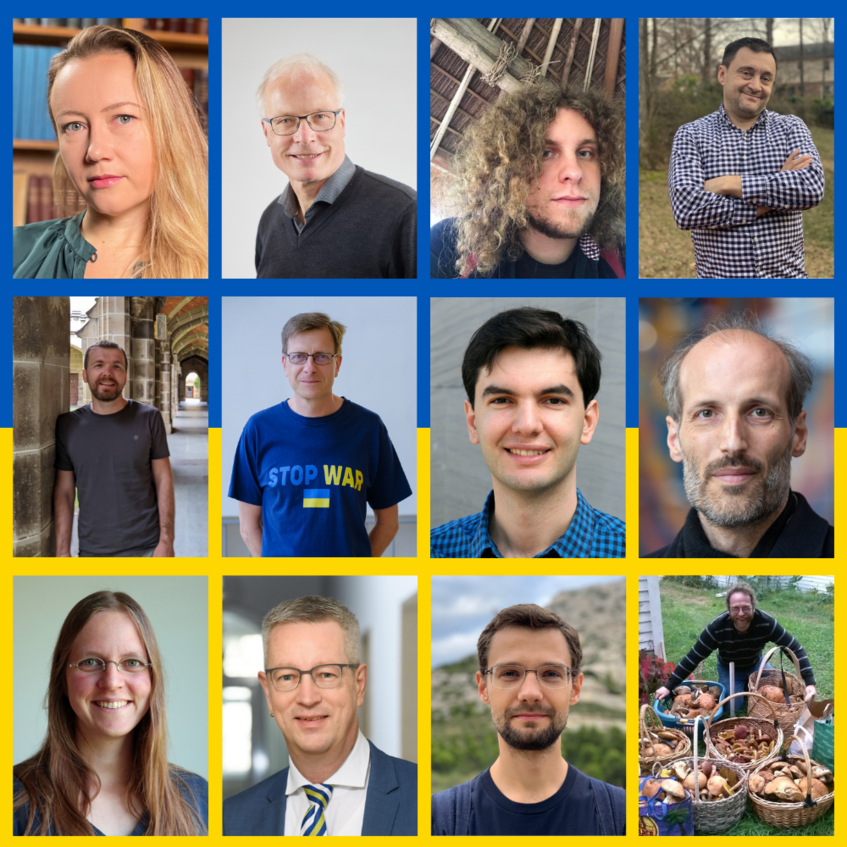
Among our students are participants of the International Mathematical Olympiad 2023 from Albania, Argentine, Austria, Belgium, Botswana, Bulgaria, Columbia, Czechia, Finland, France, Georgia, Germany, Guatemala, Hong Kong, Hungary, India, Iran, Ireland, Israel, Japan, Kosovo, Luxembourg, Macau, Netherlands, New Zealand, Norway, Pakistan, Paraguay, Philippines, Poland, Portugal, Slovakia, South Africa, Span, Sweden, Switzerland, Turkey, Ukraine, United Kingdom, and the United States.
We are very proud to have such a diverse group of students.
Pryvit, pryvit, everyone!
- «Pryvit» is the official greeting of the Kharkiv-Vienna International Science School. It's Ukrainian and means «hi».
- The Special Lectures will be hosted in Zoom meetings. You will receive an email with a link to the meeting several hours before each the lecture starts.
- Please mind that most lectures will be recorded and shared on the YouTube Channel.
- We ask you to show your full name in your profiles.
- We kindly ask you to keep your camera on during the meetings on Zoom. This will give a sense of audience to our speakers and a sense of community to all of us.
- Every meeting will start with a brief welcome of the moderator, who will also introduce the speaker. The lectures will vary in length. We are aiming for 60-80 minutes with one or two 5-minute-breaks.
- Please post any questions that come up during the lecture to the chat. Please help another out where possible, so everyone can follow the lectures well. The moderator will follow the chat too, help where they can, and relay pressing questions to the speaker.
- After each talk, we will have another 20-30 minutes for questions and discussions with the speaker. Science is a human endeavor. Don't be shy to ask questions that are not directly related to the talk. There is no set program for this part of the Special Lectures. We will freestyle.
08/09, 6pm (EEST). Filip Ficek | «How to avoid complex calculations»
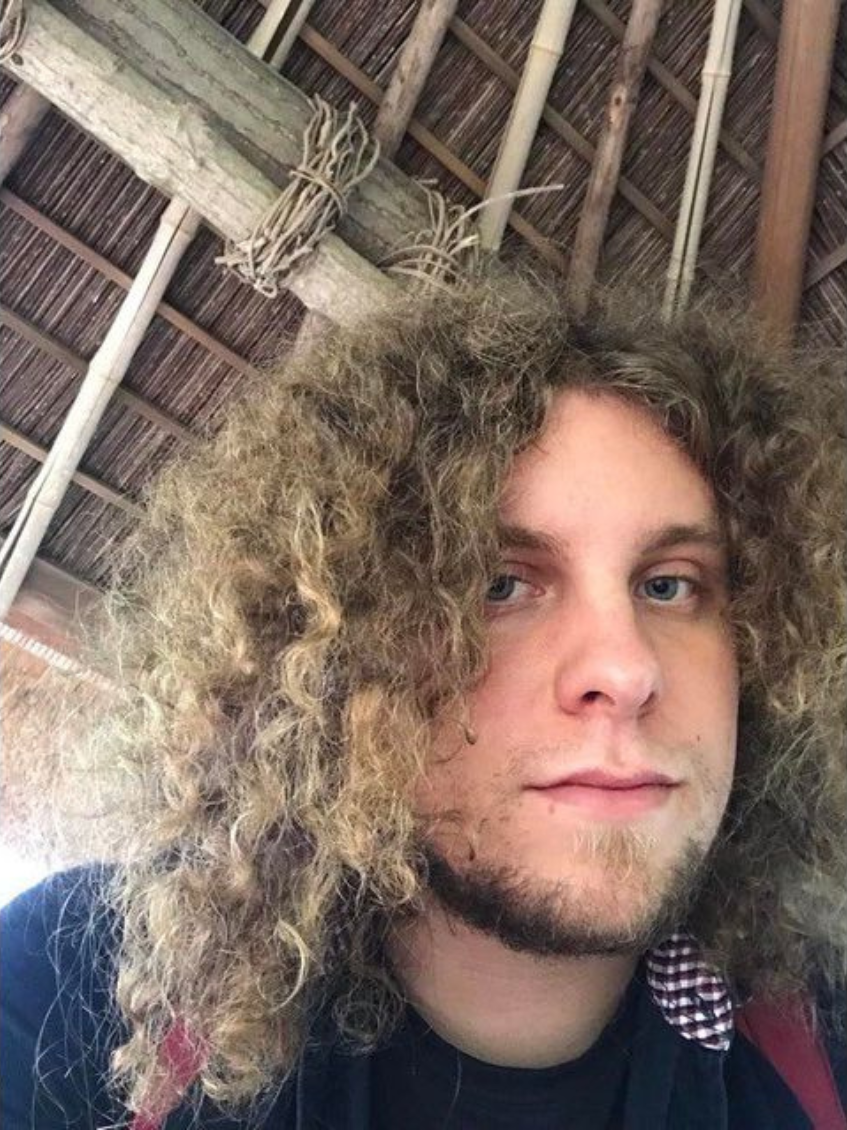
Many problems that mathematicians and physicists encounter in their work require complicated calculations. However, sometimes this tiresome work can be simplified with the use of the proper methods. During the lecture, I will present several techniques that often allow to quickly obtain the answers we are interested in, along with examples of their use in mathematics, physics, and everyday life. In particular we will look at such concepts like symmetry or scaling and at methods such as the dimensional analysis or the use of various diagrams to present problems in a more clear way. We will also try to understand why some approximation techniques are able to give results so close to the actual value.
Filip Ficek is a prolific young researcher working in the Gravitational Physics Group of the University of Vienna. He combines physical insights, numerical experiments, and sophisticated mathematical methods to a wide array of problems, including the study of supercritical nonlinear Schrödinger equations, the behavior of fields and fluids in blackhole spacetimes, and beyond standard models in atomic systems.
Filip studied both mathematics and physics at the Jagiellonian University in Kraków, Poland, where he received his PhD in theoretical physics in 2022. He represented Poland at the International Olympiads on Astronomy and Astrophysics in 2011 and 2012, winning two gold medals, and at the International Physics Olympiad in 2012, winning a silver medal. Filip has been engaged in many scientific outreach activities. Check out this link.
08/10. 8pm (EEST). Martin Hairer | «Paradoxical probabilities»
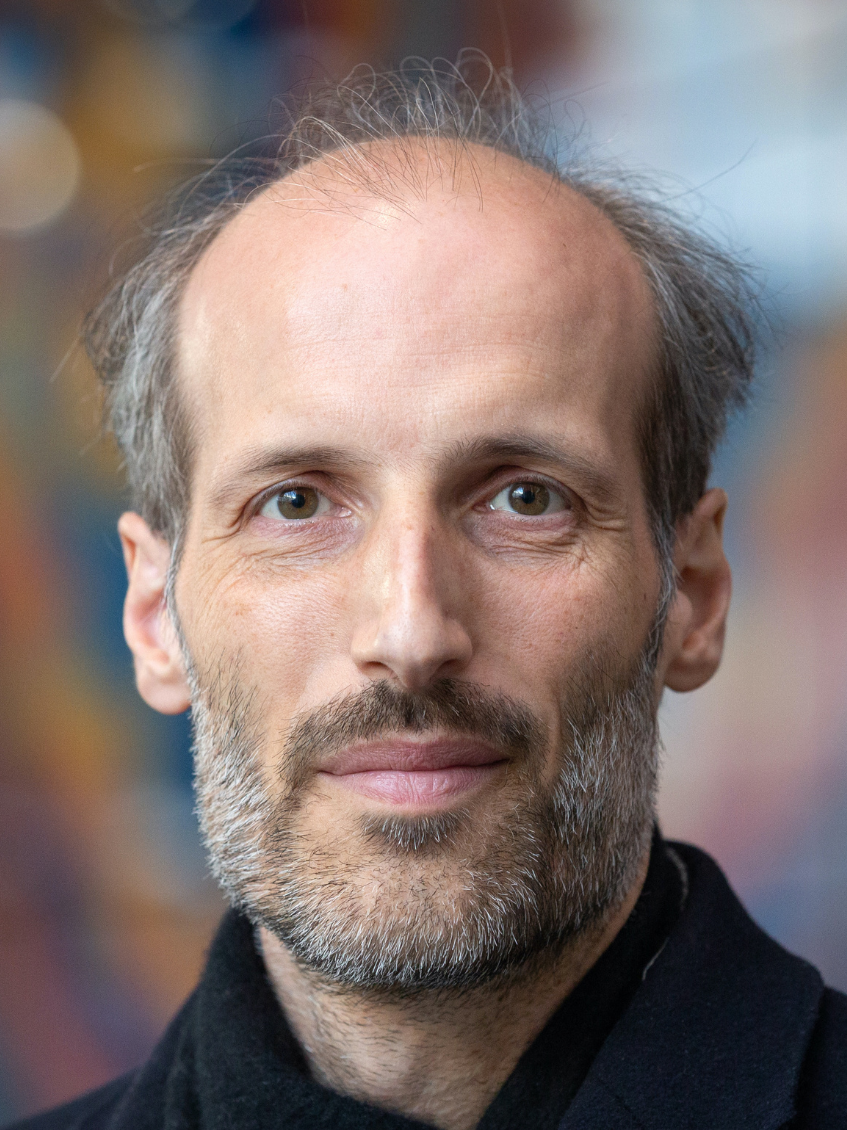
We will discuss several counterintuitive facts (»paradoxes«) that arise when studying even rather simple random phenomena.
Martin Hairer is a professor of mathematics at École polytechnique fédérale de Lausanne and at Imperial College London. He is one of the pioneers of the field of stochastic partial differential equations. For his landmark contributions, Martin has been awarded the Fields Medal in 2014 and the Breakthrough Prize in Mathematics in 2021. He has a great affinity with music and has created the audio editing software Amadeus.
08/11. 6pm (EEST). Herbert Koch | «Dynamics of the quadratic family»
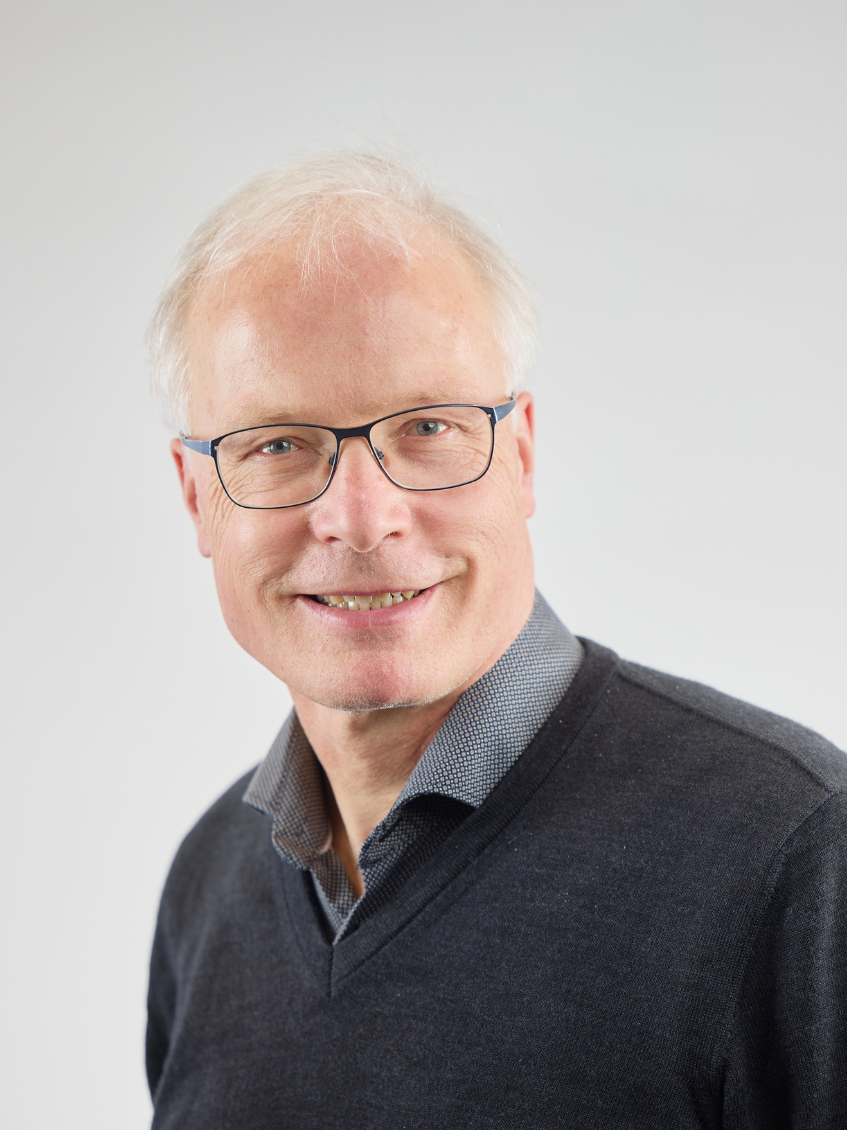
Let μ > 0. We will study sequences obtained by iterating the quadratic map
x → μ⋅x⋅(1-x).
We will discover fixed points, periodic sequences, and chaotic dynamics. You may find some illustrations under this link. A small prerequisite to follow this talk is the intuitive intermediate value intermediate value theorem: A continuous function f : [a, b] → R takes on every value between f(a) and f(b).
Herbert Koch is a professor of mathematics at the University of Bonn. His research focuses on partial differential equations and their applications to physical problems. By himself and with collaborators, he has made seminal contributions to the theory of the Navier-Stokes equations, i.e., the equations that govern the motion of fluids.
08/13. 8pm (EEST). Mykhaylo Shkolnikov | «Shuffling Cards»

Consider the question of how many shuffles one needs to thoroughly shuffle a deck of cards. We will translate this question into a mathematics problem, and then solve it by introducing the concepts of Markov chains and mixing times. Time permitting, I will mention a few other situations (in computer science, physics, etc.) where these concepts play a key role.
Mykhaylo Shkolnikov is an associate professor at Princeton University, where he applies the theory of stochastic partial differential equations to solve problems in financial mathematics, mathematical physics, and even neuroscience. Mykhaylo was born in Kharkiv, where he attended the Kharkiv Physics and Mathematics Lyceum No. 27 as well as the math circle «Evrika». Later, he moved to Germany with his family, and then to the United States to work on his PhD thesis at Stanford University.
08/14. 6pm (EEST). Vadim Kaloshin | «Markov partitions and coding the cat map»
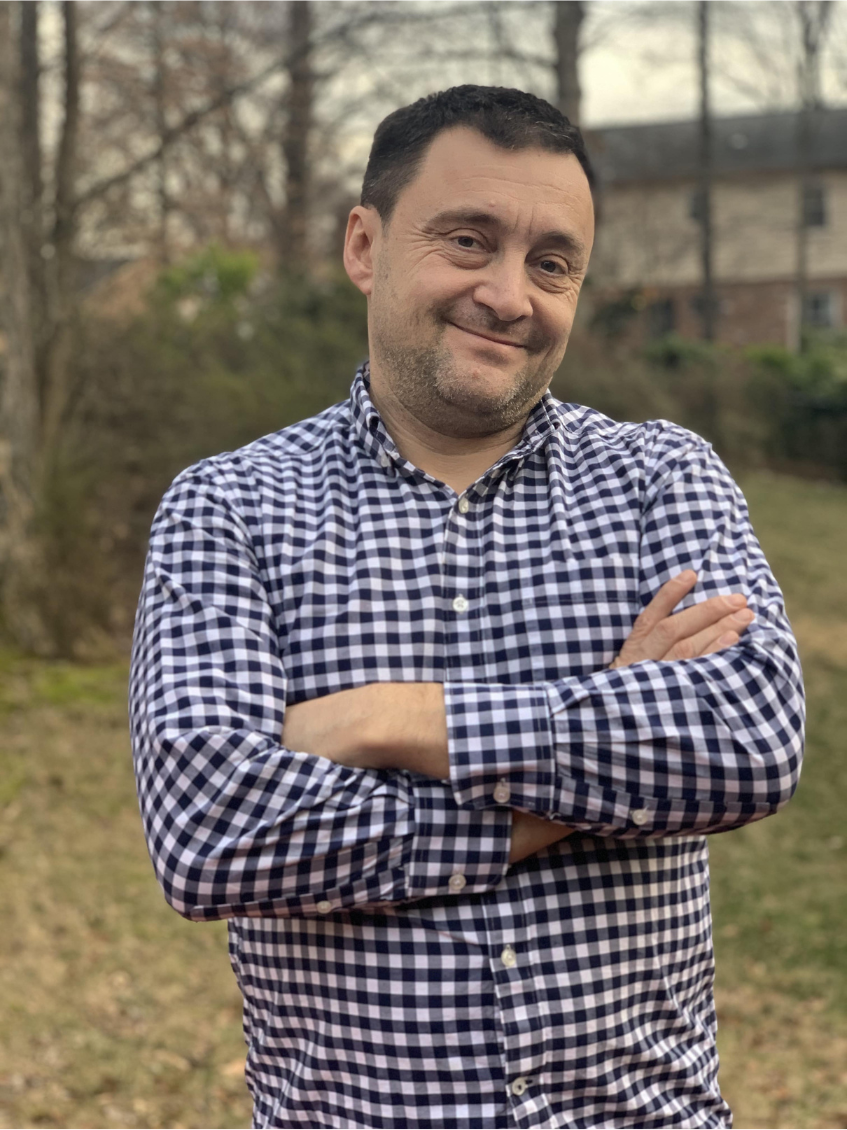
One of the most illuminating examples of chaotic dynamical systems is Arnold's cat map. It was introduced by Vladimir Arnold about 60 years ago. You can read about it under this link. In this lecture, we will see how to use so-called Markov partitions to encode the orbits of the cat map, to find an exact formula for the number of periodic orbits of a given period, and to compute the entropy of the cat map, which is a measure of its chaos. These techniques turn out to apply to a large class of what is called hyperbolic systems.
Vadim Kaloshin is professor at the Institute of Science and Technology Austria. He has made spectacular contributions in the fields of dynamical systems and celestial mechanics. Recently, he has settled the so-called local version of conjecture due to George Birkhoff on the shape of integrable, strictly convex billiard tables. This conjecture had stood for almost a century! Vadim was born and raised in Kharkiv, where he attended Kharkiv Physics and Mathematics Lyceum No. 27.
08/15. 10am (EEST). Lisa Sauermann | «The card game SET and some results in extremal combinatorics»
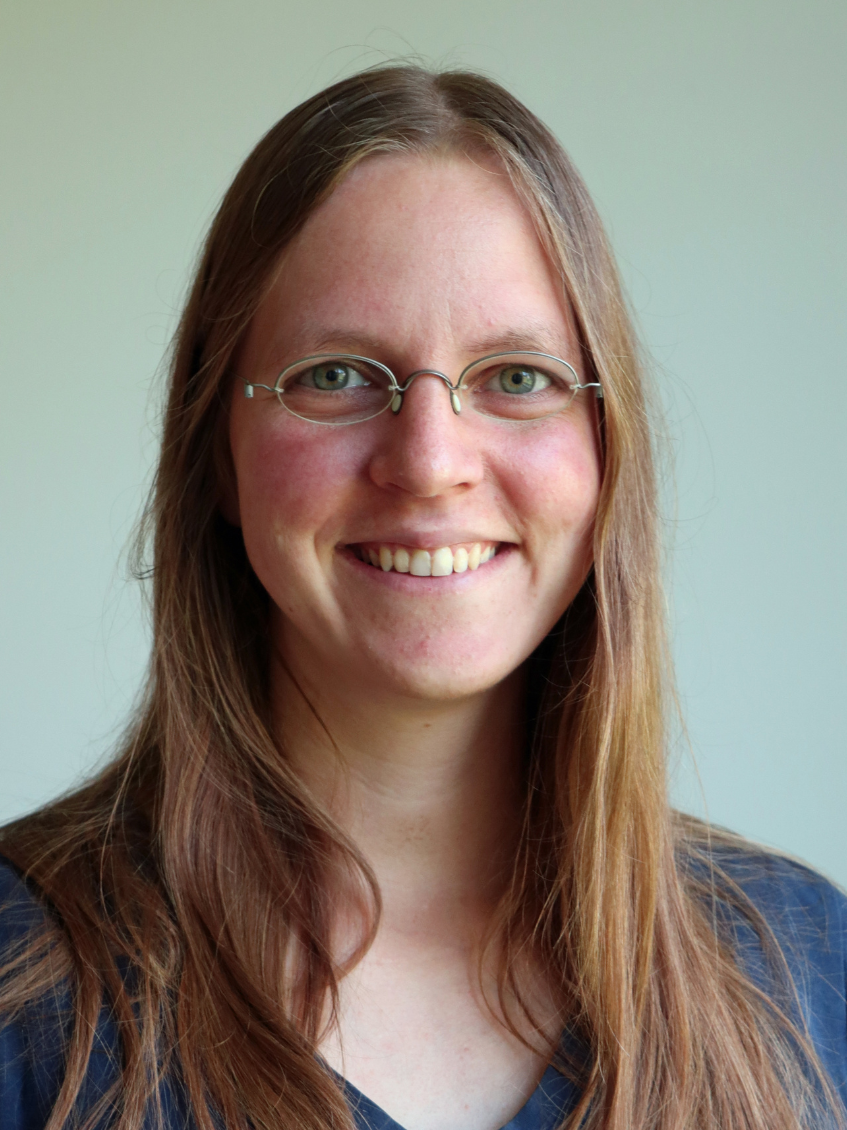
The lecture will start by discussing the popular card game SET and in particular the question of how many cards one can have in this game without creating a so-called «SET». Considering this question for extended versions of the game, we will see a connection to a recent breakthrough result of Ellenberg and Gijswijt on a famous problem in the area of extremal combinatorics. The talk will also discuss related results in extremal combinatorics, some of which are of a geometric flavor.
Lisa Sauermann is professor of mathematics at Rheinische Friedrich-Wilhelms-Universität Bonn. She is a leading expert on extremal and probabolistic combinatorics. After her undergraduate studies at Bonn, she moved to the United States, where she obtained her PhD from Stanford University. After prestigious postdoctoral positions at Stanford, the Institute of Advanced Study, and the Massachusetts Institute of Technology, she has now returned to her alma mater. Lisa is also a legend of high school science competitions, winning 4 gold medals — once as the only contestant obtaining the highest score — and a silver medal at the International Mathematical Olympiad.
08/16. 6pm (EEST). Yurii Malitsky | «Continuous optimization for machine learning»
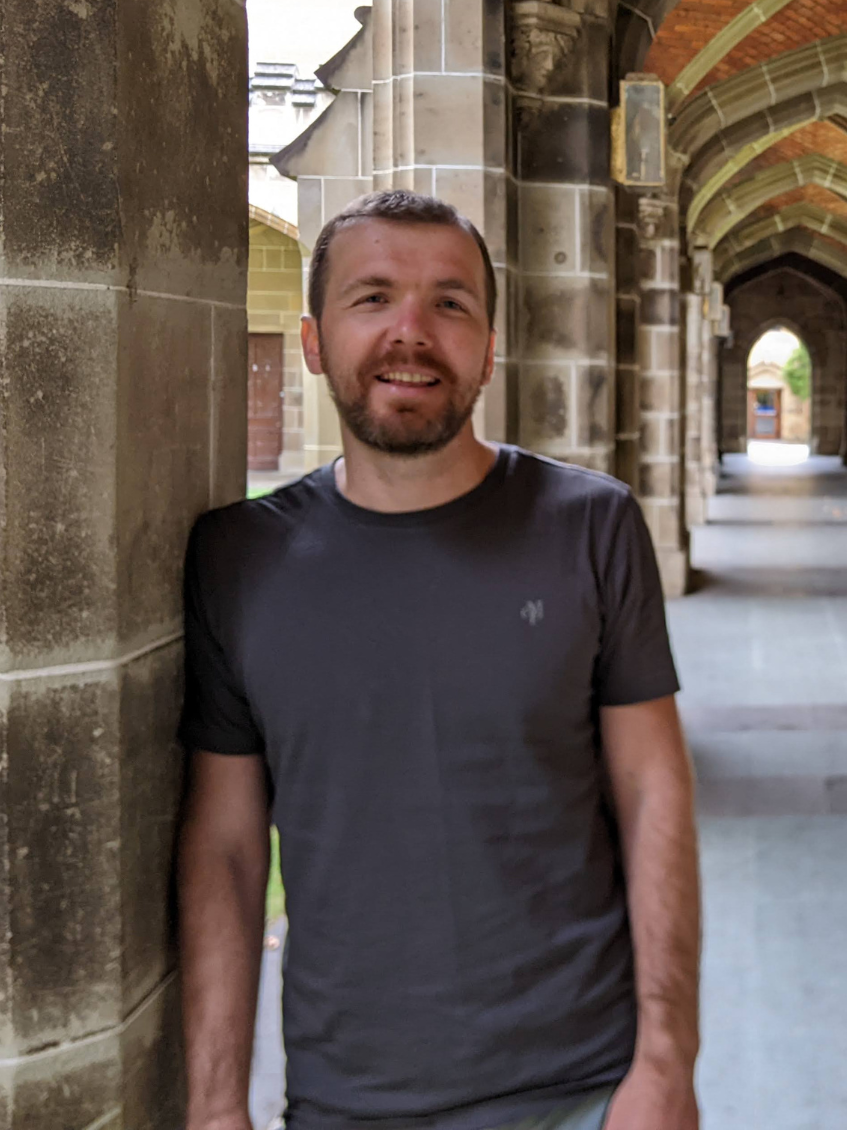
In this lecture, you will learn about what is called »continuous optimization« and how it is applied in machine learning. We will see a supervised learning problem based on continuous optimization in action. It will be helpful if you have some experience in computer programming, but that's not a requirement to follow and hopefully enjoy my lecture.
Yurii Malitsky is currently assistant professor at the Faculty of Mathematics at the University of Vienna and a leading researcher in the field of continuous optimization and its applications to machine learning. He finished his bachelor, master, and doctoral studies in applied mathematics at Taras Shevchenko Kyiv National University and is a graduate of the Ukrainian Physics and Mathematics Lyceum in Kyiv.
08/17. 6pm (EEST). Kostiantyn Drach | «Fractals, complex dynamics and finding roots of polynomials»
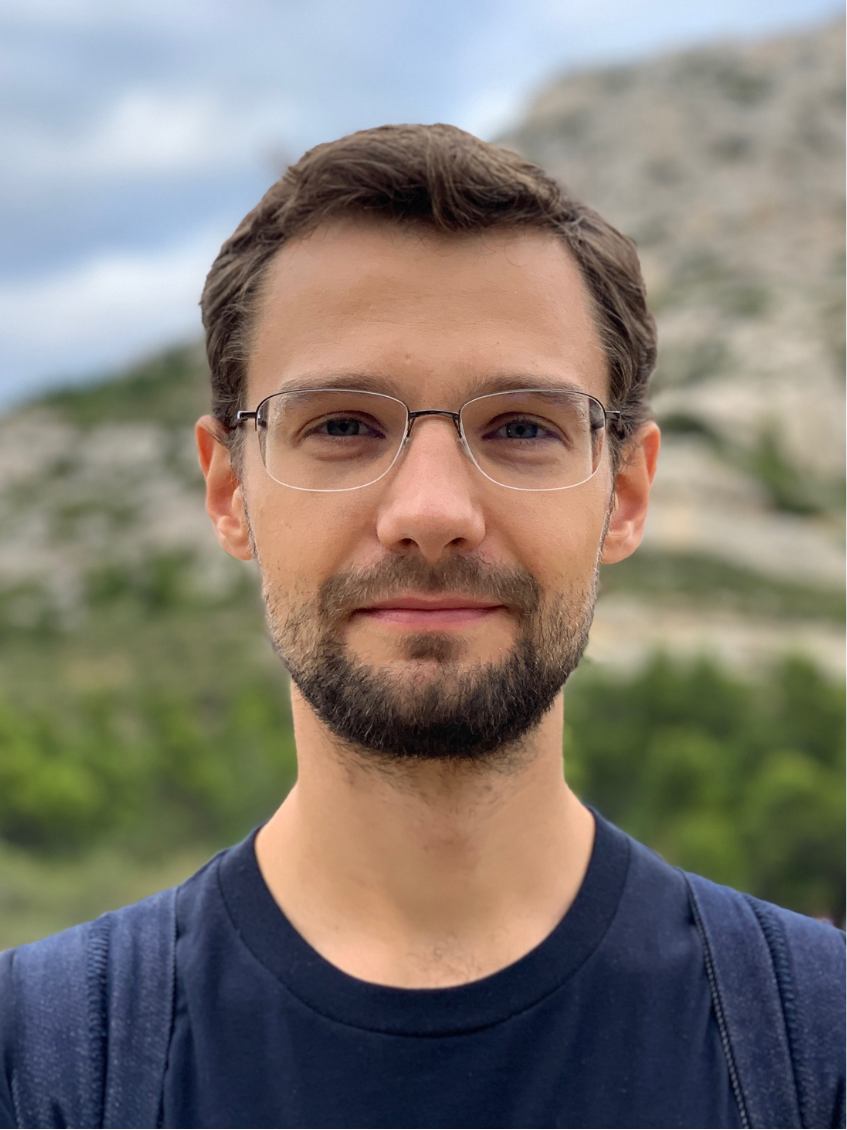
In the lecture, I will give a gentle introduction to a modern and fascinating branch of dynamical systems called complex dynamics. This branch studies iterations of functions over complex numbers, and this is where some of the most famous and beautiful fractals, such as the Mandelbrot set, appear. We will explore a connection of this field to numerical root finding methods, and also to Kharkiv. Finally, I will describe some of the active research directions in complex dynamics. There will be a lot of pictures, and the lecture will not require knowing complex numbers. However, you will understand things better if you know them.
Kostiantyn Drach is an outstanding young researcher who works in the fields of dynamical systems, geometric inequalities, and topological data analysis. He is currently a postdoc at the Institute of Science and Technology Austria. Starting in September, Kostya will be an assistant professor at the Universitat de Barcelona in Spain.
Kostya is a native of Kharkiv. After graduating from the Kharkiv Physics and Mathematic Lyceum No. 27, he obtained his bachelor, master, and doctoral degrees from the V. N. Karazin Kharkiv National University, earning many distinctions on the way.
Incidentally, in joint work with Richard Schwartz, Kostya has given a beautiful new proof of the Seven Circles Theorem based on hyperbolic geometry. You can watch an animation of their work under this link.
08/18. 6pm (EEST). Svitlana Mayboroda | «Wave localization»
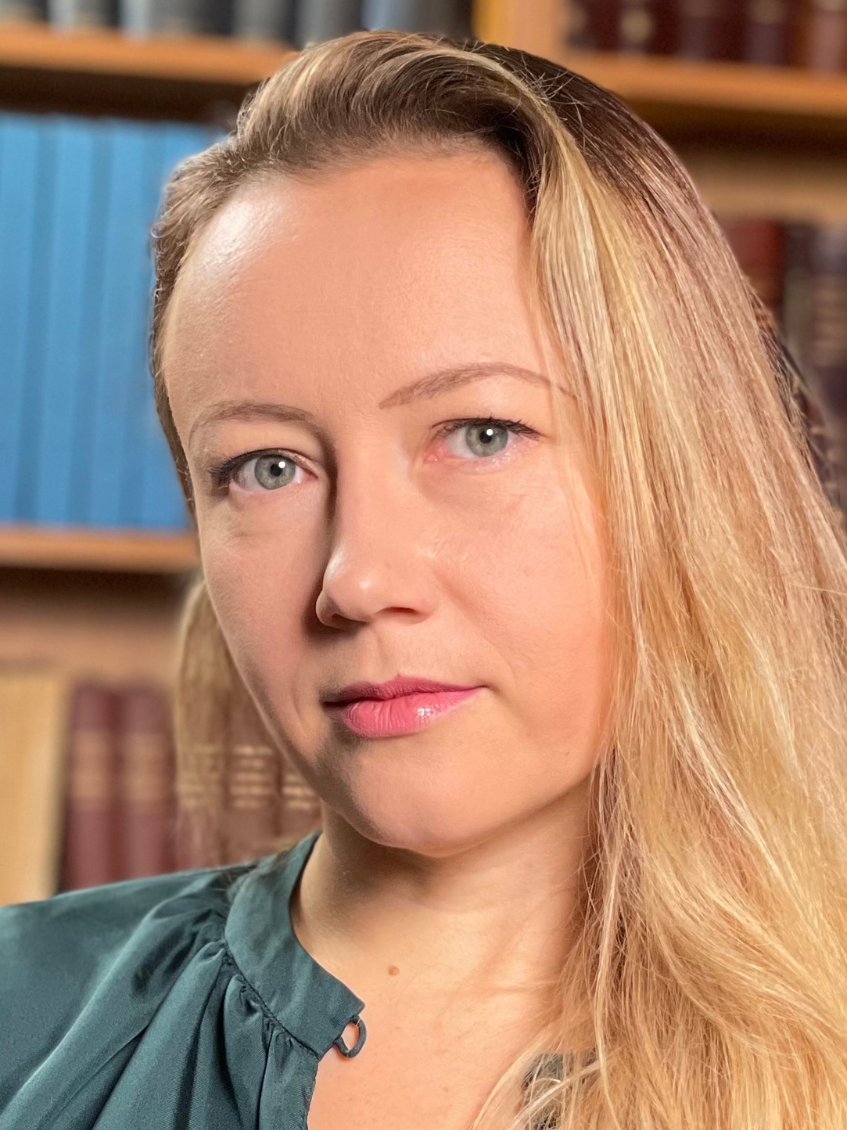
Waves of all sorts permeate our world: light (electromagnetic waves), sound (acoustic waves) and mechanical vibrations. Quantum mechanics revealed that, at the atomic level, all matter has a wavelike character, and, very recently, classical gravitational waves have also been detected. Simultaneously, at the cutting edge of today’s science it has become possible to map a material atom-by-atom and to manipulate individual atoms, providing us with precise measurements of a world that exhibits myriad irregularities—dimensional, structural, orientational and geometric—simultaneously. For waves, such disorder changes everything. In complex, irregular or random media, waves frequently exhibit the astonishing and mysterious behavior known as «localization»—instead of propagating over extended regions, they remain confined in small portions of the original domain. The Nobel Prize–winning discovery of the Anderson localization in 1958 is only one famous case of this phenomenon. Yet, 60 years later, despite considerable advances in the subject, we still notoriously lack tools to fully understand localization of waves and its consequences. We will discuss modern understanding of the subject, recent results, and the biggest open questions.
Svitlana Mayboroda is a professor of mathematics at the Eidgenössische Technische Hochschule Zürich (ETH). She is a world-leading expert in the fields of harmonic analysis, elliptic partial differential equations, and geometric measure theory. With her collaborators, Svitlana has created what is now called localization landscape theory, a theoretical framework explaining able to explain a basic why waves come to a halt in sufficiently disorderly media rather than diffuse. Her work is revolutionizing the design of 21st century technologies such as solar panels. Svitlana was born in Kharkiv, where she studied at the V. N. Karazin Kharkiv National University until moving to the United States for her PhD work.
Check out this video where Svitlana talks about her research on the occasion of receiving the 2023 Blavatnik National Awards for Young Scientists.
08/19. 6pm (EEST). Pavel Etingof | «How to count colorings»

Suppose you want to color faces of a cube in two colors -- red and blue. How many indistinguishable colorings (i.e., ones you cannot turn into each other by rotation) do you have? You may try the brute force approach – draw them all and then count, and if you are careful, you will succeed - there are 10. But what about three colors (red, blue and green)? Now this is pretty confusing, and if you are not extra careful, you are likely to make a mistake (the answer is 57). And if instead of a cube you have a dodecahedron, this becomes totally impossible - for three colors there are thousands of possibilities (the answer is 9099). The main challenge is to account for the symmetry – some colorings are very symmetric and others less so, which makes the process messy. Nevertheless, there is a technique, called Burnside’s lemma, which allows you to count colorings precisely and efficiently without enumerating all possibilities (and you can do all the required calculations in your head!) Not surprisingly, this is based on a mathematical theory designed to study symmetry, called group theory. I will explain the basics of group theory, then derive Burnside’s lemma, and then consider examples of its use, in particular obtaining the numbers 57 and 9099. The lecture should be accessible to students with a good background in high school algebra ((pre)calculus is not required).
Pavel Etingof is a professor of mathematics at the Massachusetts Institute of Technology (MIT) and the chief academic advisor of an extremely successful enrichment program for gifted high school students, MIT Primes. Pavel's research lies at the intersection of representation theory and mathematical physics. He has written over 220 journal articles and 8 books, collaborating with 100 researchers from many different areas of mathematics. Pavel was born in Ukraine where he attended Kyiv Natural Science Lyceum No. 145.
08/20, 8pm (EEST). Günter M. Ziegler | «Cannons at Sparrows»
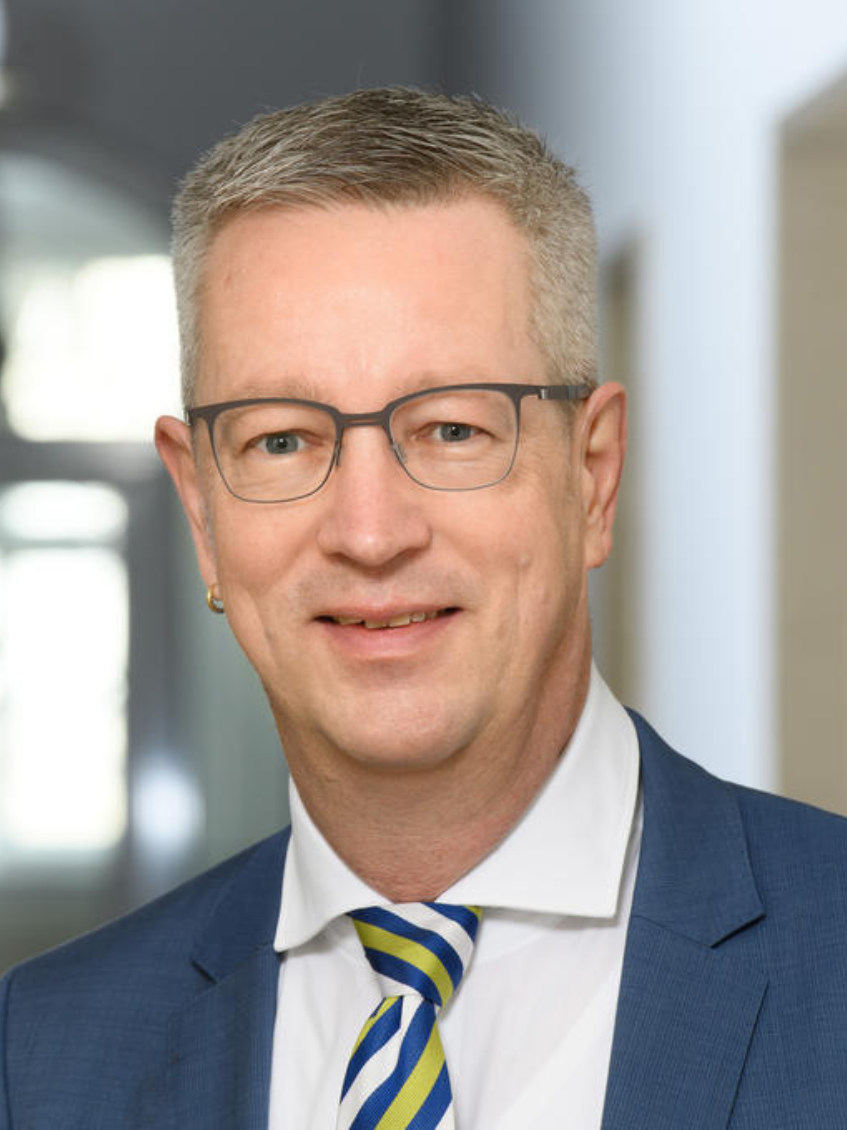
The story told in this lecture starts with an innocuous little geometry problem, posed in a September 2006 blog entry by R. Nandakumar, an engineer from Calcutta, India: «Can you cut every polygon into a prescribed number of convex pieces that have equal area and equal perimeter?». This little problem is a «sparrow», tantalizing, not as easy as one could perhaps expect, and Recreational Mathematics: of no practical use.
I will sketch, however, how this little problem connects to very serious mathematics, including Computational Geometry:
For the modelling of this problem we employ insights from a key area of Applied Mathematics, the Theory of Optimal Transportation, which leads to weighted Voronoi diagrams with prescribed areas.
This will set up the stage for application of a major tool from Very Pure Mathematics, known as Equivariant Obstruction Theory. This is a «cannon», and we'll have fun with shooting it at the sparrow.
On the way to a solution, combinatorial properties of the permutahedron turn out to be essential. These will, at the end of the story, lead us back to India, with some time travel 100 years into the past: For the last step in our (partial) solution of the sparrows problem we need a simple divisibility property for the numbers in Pascal’s triangle, which was first observed by Balak Ram, in Madras 1909.
But even if the existence problem is solved, the Computational Geometry problem is not: If the solution exists, how do you find one? This problem will be left to you. Instead, I will comment on the strained relationship between cannons and sparrows, and related to this quote a poem by Hans Magnus Enzensberger.
«Two errors
I must admit that on occasion
I have shot sparrows at cannons.
There was no bull’s eye in that,
which I understand.
On the other hand, I never claimed
that one must remain completely silent.
Sleeping, inhaling, making poetry:
this is nearly not a crime.
Remaining completely silent
of the well-known discussion about trees.
Cannons against sparrows,
that would be to lapse into the inverse error.»
Hans Magnus Enzensberger (1929-2022)
translation by Tom von Förster
Günter M. Ziegler is the President of Freie Universität Berlin, where he is also a professor of mathematics. His research focuses on discrete geometry and combinatorics. Günter has obtained many honors for his breakthrough results, including the Gottfried Wilhelm Leibniz-Preis of the German Research Foundation (DFG) in 2001 and an Advanced Grant of the European Research Council (ERC) in 2010.
Günter represented the Federal Republic of Germany at the International Mathematical Olympiad in 1981, where he won a perfect score gold medal. He is what may be called an exemplary citizen of mathematics, pushing for fair play and diversity in science and often acting as an ambassador in outreach activities and science communication events. With his colleague Martin Aigner, he has written Proofs from THE BOOK, which is recommended reading for you students in the Kharkiv-Vienna International Science School.
08/21. 6pm (EEST). Gerald Teschl | «Lattice based cryptography»
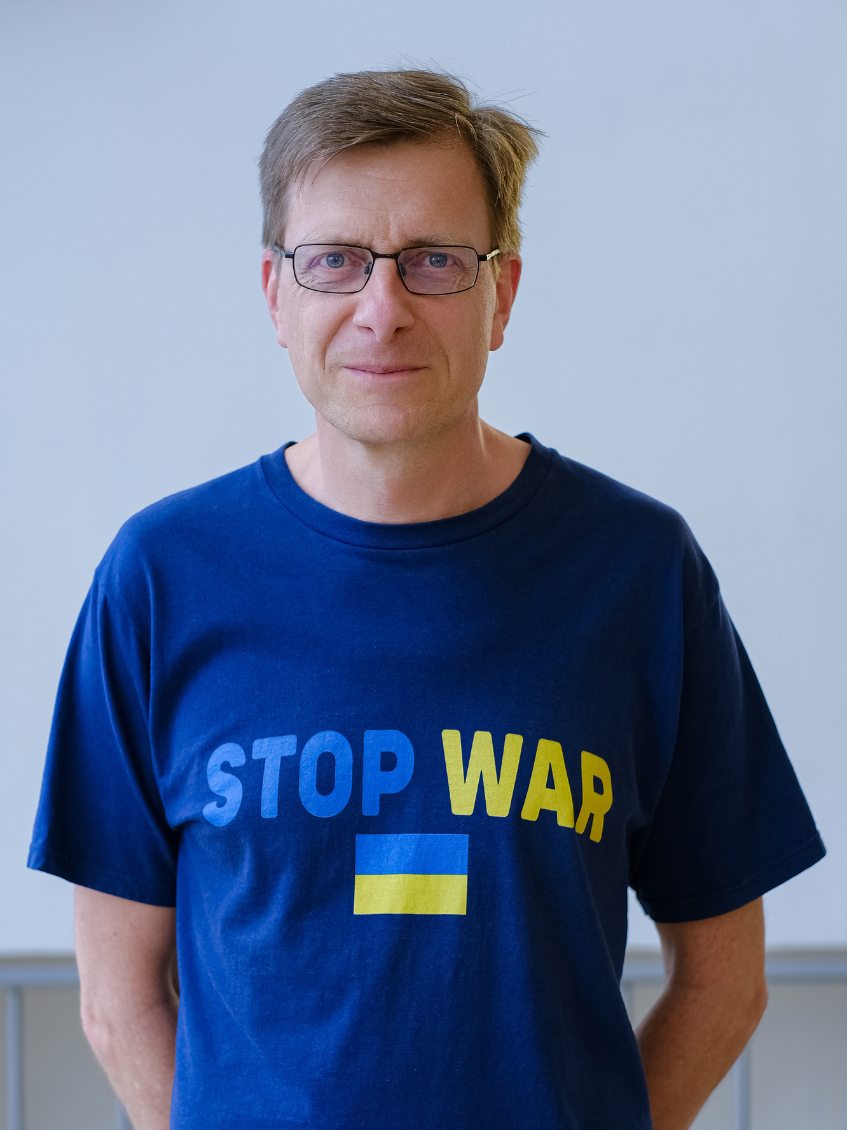
Classical cryptography uses a shared secret which needs to be exchanged over a secure channel before two parties can communicate in a secure way over an insecure channel. Public key cryptography provides a mean to exchange this shared secret over the insecure channel. It hence is one of the cornerstones of the internet as we know it today. The currently used algorithms are based on two mathematical problems which are easy to compute in one direction, but are (computationally) difficult to invert. One is the discrete logarithm problem (it is easy to compute b= a^x (mod p), but it is difficult to find x given a and b) and the other is the factorization problem (it is easy to multiply two numbers n =p*q, but it is difficult to factor n). If the involved numbers are sufficiently large, the direct problem can still be handled even by weak computers, while the inverse problem cannot be solved even by the most powerful computers available today. However, a sufficiently large quantum computer would be able to solve both problems efficiently using Shor's algorithm. Hence the current algorithms need to be replaced in the foreseeable future. The most promising candidates for «Post Quantum Cryptography» are bases on lattice problems. The aim of the present lecture will be to give a glimpse into this current area of mathematics.
You will learn what a lattice (discrete additive group) in R^n is, how it can be described via a basis and why some bases are good while others are bad. We will also see how solving linear systems can be made difficult by adding small errors and how this can be used to hide a secret within a system of linear equations with integer coefficients.
Gerald Teschl is a professor of mathematics at the University of Vienna. He is an expert in mathematical physics. Gerald is a recipient of Austria’s most prestigious award for young scientists, the START Prize. He is the author of over 120 scientific papers, 2 monographs, and 7 textbooks. Moreover, he has been collaborating with researchers from the Verkin Institute for Low Temperature Physics and Engineering in Kharkiv for more than 15 years.
